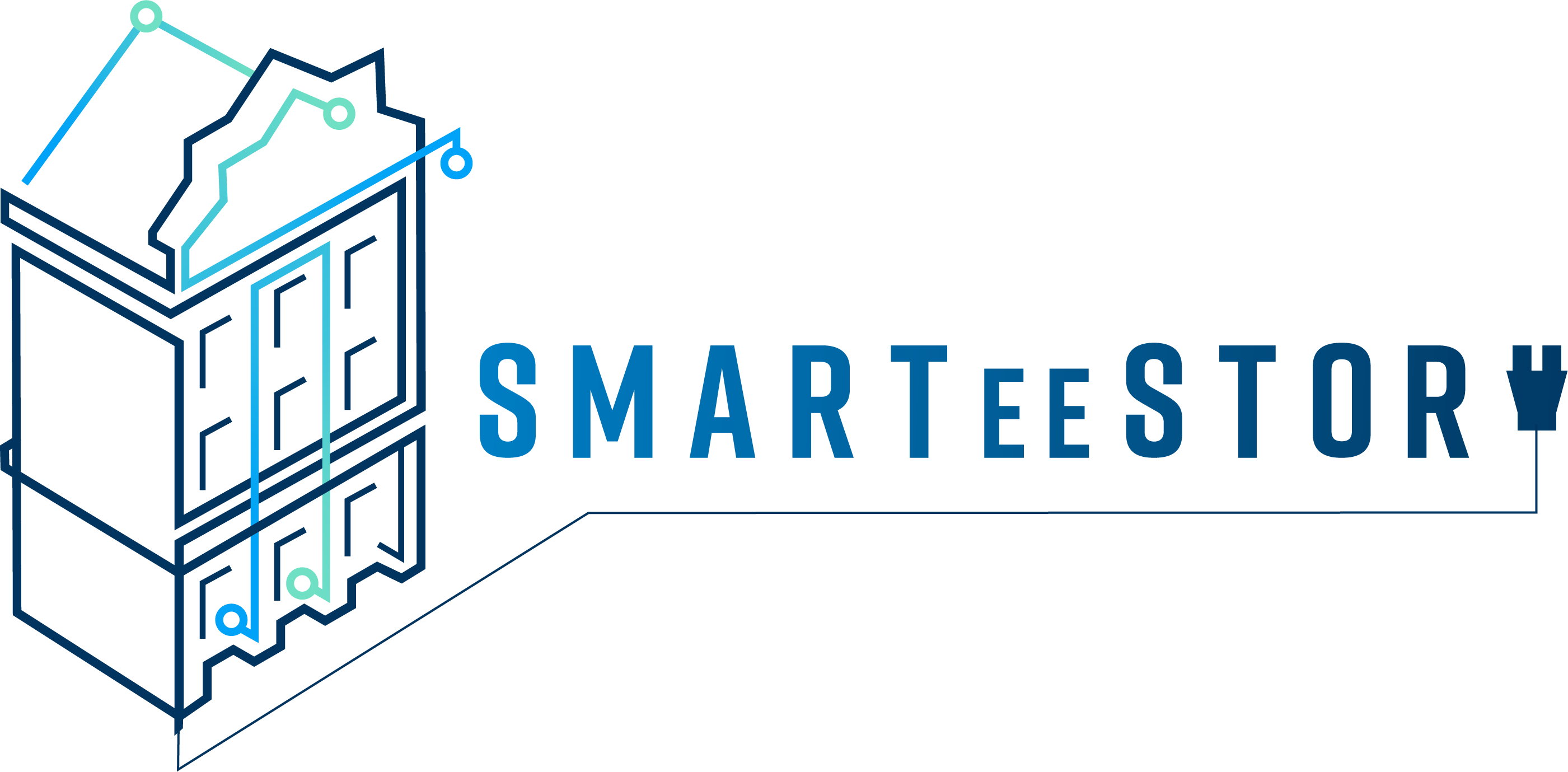How can historic buildings and smart technology come together without compromising its cultural preservation?
Historic buildings present a big potential for digitalization as it improves comfort levels of the building users and lowers energy consumption. The nature of historic buildings and the obligation to its preservation, however, presents limitations for energy efficiency interventions. This report defines the criterias that need to be fulfilled to digitalize historic buildings, while taking into account the needs of its users and requirements for cultural preservation.
In this aim, this report consists of three main sections:
Requirements of digitalisation and the relevant local regulatory framework
The different types of protection that apply to historic buildings were reviewed against the historical and digitalisation regulations and policies that apply to each example. This was then used to decide on a way to improve the energy efficiency of such cultural buildings. The results also look at the best ways to make old buildings more energy efficient and use digital technology, and explain the most important things to consider when preserving historical buildings as part of the SMARTeeSTORY project.
Digital tools can help historic buildings become more efficient without compromising their character and cultural value.
Characterisation of user needs
A number of different approaches were used to get the people who use the building involved in the porcess (the end users, the operators, the energy manager, the facility manager and the owners). This was done to find out what they needed in terms of wellbeing and ways to improve the a historical building using technology. This was an important step in understanding the problems users had, how they used smart services, and what they expected.
Identification of Key Performance Indicators (KPI) to measure improvements of digitalization
Five categories of impact criteria were chosen, such as economic, environmental, energy, and user-related performances of the building. The identified KPIs will then allow the tracking of the buildings performance by measurement of these impact criteria as the smart-readiness level of the building improves throughout the project, due to the interventions.
The results of this report guides the technical implementations of the energy retrofitting and 'smartification' measures carried out in SMARTeeSTORY's demo sites.



